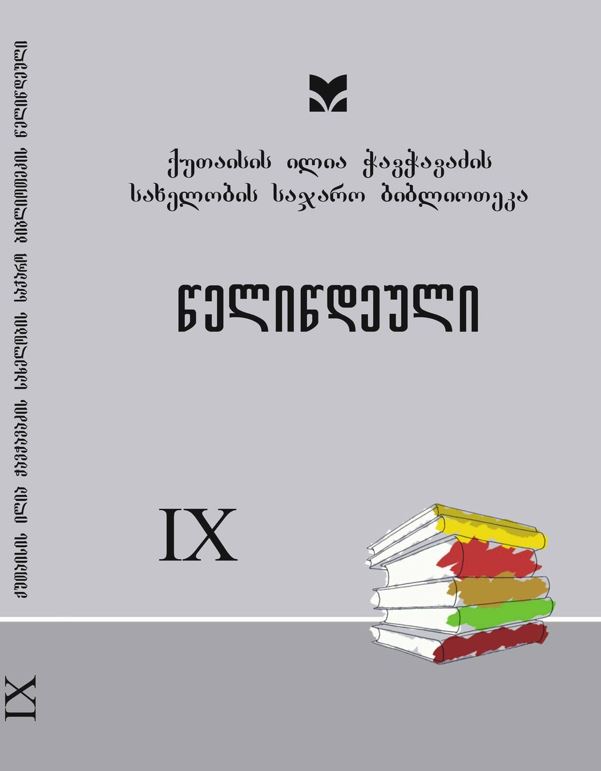სვანური დიალექტებისათვის ამოსავალი ენობრივი სისტემის ბგერითი შემადგენლობის შესახებ
(რომელი სვანური დიალექტის ფონემატური სტრუქტურა ასახავს სვანურისათვის ამოსავალი ენობრივი სისტემის ბგერით შემადგენლობას?)
ანოტაცია
Common Kartvelian phonemic structure can be restored in the following way:
Labials: *b, *p, *p; *d, *t, *t; *dz, *ts, *ts; *j, *ch, *tch; *g, *k, *k; *kh, *k;
Fraudulents: *z, *s; *j, *s; *r, *x; *h;
Sonors: *m, *n, *r, *l;
Sonants: *i/oi, *u/v;
Vowels: *a, *e, *o.
Presumably, common Kertvelian language existing between II-I centuries BC is continued by archaic literary language of Georgia; its linear part is the modern literary language. Kartvelian verbal speeches were developed in a close or distant contact with Georgian literary language, the quality of their changes were defined by the influence of the literary language frequency. We think that the domestic speech of the lazi, Mengrelian, Imerkhevian, Meskhs, Kakhetians, Svans, Hers, Fkhovelians, and others originate from the edge of B.C. and A.D.
Consolidation of the named Georgian communities take place in the state founded by Kuji and Parnavaz; they are sophisticated by Georgian literary language formed based on the common Kartvelian language. We can stipulate that it’s more than 15 centuries the verbal Kartvelian idioms exist in parallel mode with the literary language; accordingly, all the main Kartvelian sub-systems known for us are of the same age; the changes are conditioned by immanent changes and by the assimilations of different kind. The quality of immanent changes are determined by the influence level of the literary language.
The main lain on the scheme - the tree trunk- is the literary Georgian originating from common Kartvelian language; it is surrounded in a form of half sphere by Kertvelian dialects nourishing the literary language. The gravitation field of the literary language is shown in a form of spring rotation.
Most different from the literary language are the Svanetian dialects. The peculiarities of Svanetian dialect should be explained by Geographic isolation and by outer influelces as well; in particular, the difference of today’s models of Svanetian dialects from the common Kartvelian language model is defined not by the oldness of Svanetian, but by the frequent migrations of Iberian-Caucasian, Turkish and Alan tribes on the planes of Caucasus mountain range; these processes stimulated diverse phonetic processes in Svanetian micro systems of Georgian language.
The trace of superstratic occasions abound in Svanetian speech in terms of phonemic structure and even in morphological inventory.
Basic phonetic structure of Svanetian dialects is kept in Lashkhi dialect, which is closer to the common Kertvelian language




